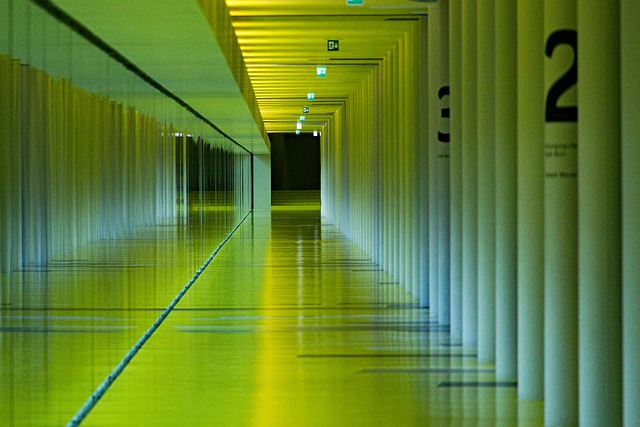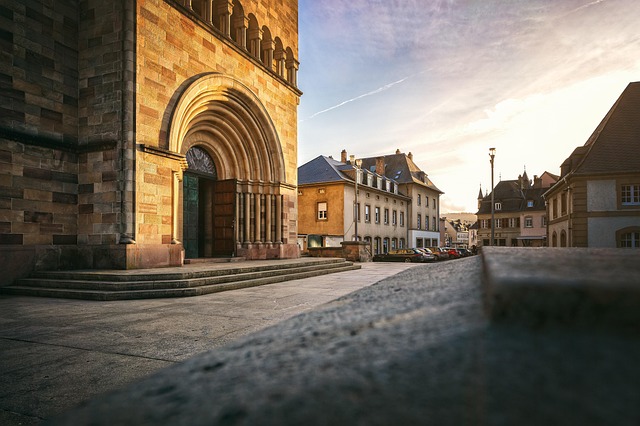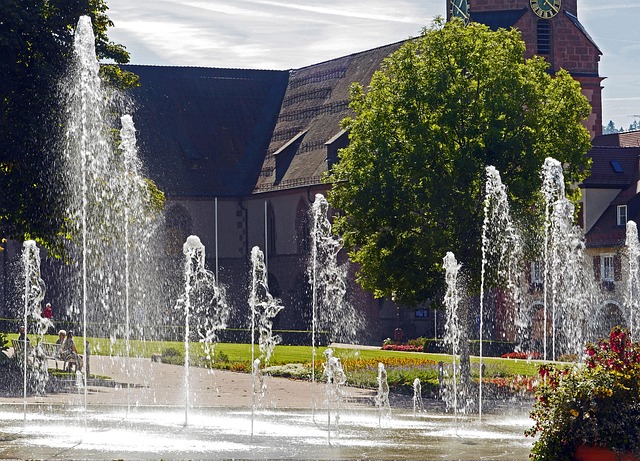When cities sprout sprawl and rural lands shrink under the weight of development, the thread of nature can become frayed. Green corridors are the living stitches that bind these fragments together, weaving paths of vegetation that support wildlife, regulate microclimates, and bring people closer to the pulse of the planet. By integrating sustainable garden practices into the design of these corridors, planners, homeowners, and community groups can create habitats that are not only beautiful but resilient, thriving ecosystems that coexist with human needs.
What Are Green Corridors?
A green corridor is a linear band of vegetation that connects two or more larger ecological patches, allowing the movement of organisms, the flow of water, and the exchange of nutrients. They can take many forms: riversides edged with native plants, hedgerows between farmland, pocket parks along streets, or even strips of trees on abandoned railway lines. The core idea is connectivity—providing continuous pathways that reduce isolation for plants, insects, birds, and mammals.
In urban contexts, green corridors serve a dual role. They are ecological bridges, but they also offer social and environmental benefits: cooling city streets, filtering runoff, and creating spaces for recreation and reflection. When designed with sustainability in mind, these corridors become self‑supporting ecosystems that require minimal maintenance and low inputs.
Ecological Impact of Green Corridors
Habitat Connectivity
Fragmented landscapes force wildlife into isolated pockets, limiting genetic diversity and increasing the risk of local extinctions. Green corridors restore pathways that animals can use to travel, mate, and forage. Studies show that even a few meters of vegetated strip can double the likelihood of insect and bird movement across a site.
- Butterflies use corridors to spread to new host plants.
- Songbirds rely on continuous canopy cover for safe migration.
- Small mammals, such as voles and shrews, benefit from hedgerows that provide cover from predators.
Water Management and Soil Health
Green corridors act as natural sponge systems. The vegetation intercepts rainfall, while permeable soil layers slow runoff, allowing water to seep into aquifers. This process reduces the risk of floods, mitigates erosion, and improves water quality by filtering pollutants.
“A well‑designed green corridor is essentially a living rain garden, capturing rain, purifying water, and recharging the ground beneath.”
Moreover, the root systems of corridor plants bind soil, preventing loss of the fertile top layer that would otherwise be stripped by construction or heavy traffic.
Design Principles for Sustainable Gardens in Corridors
Plant Selection: Native and Adaptive
Choosing local species is the cornerstone of a sustainable corridor. Native plants are already adapted to the local climate, soil, and insect life, meaning they need less water, fertilizer, and pest control.
- Identify the native flora of the region using botanical references.
- Prioritize species that provide food or shelter for local wildlife.
- Mix perennials, shrubs, and trees to create multiple strata of habitat.
Water‑Efficient Irrigation and Drought Resilience
Water is a precious resource in many areas. Green corridors should employ techniques that reduce consumption while maintaining plant health.
- Install drip irrigation systems that target root zones.
- Use mulch layers to lock in moisture and suppress weeds.
- Incorporate rain barrels or cisterns to capture runoff for later use.
Soil and Ground Cover
Healthy soil is the foundation of any garden. Corridors can enhance soil fertility through organic matter additions and biological activity.
“A layer of compost beneath the mulch feeds the soil microbiome, turning the corridor into a living laboratory of ecological exchange.”
Additionally, using ground covers such as creeping thyme or clover reduces erosion and offers a living carpet that invites pollinators.
Human Well‑Being and Community Engagement
Beyond ecological benefits, green corridors enrich human experience. They provide spaces for walking, meditation, and community gatherings. The presence of greenery reduces stress, improves air quality, and can even lower local temperatures.
Community involvement is vital for the success of a corridor. When residents participate in planting or maintenance, a sense of ownership grows, leading to better stewardship and reduced vandalism.
- Host planting days to engage schools and local organizations.
- Create interpretive signage that explains the corridor’s role in the ecosystem.
- Establish a volunteer maintenance schedule to keep the corridor healthy.
Case Study: The Willow Creek Green Path
Imagine a small river that once ran unchecked through a suburban area. The surrounding land had been paved over, leaving the creek isolated. A community coalition decided to turn the adjacent abandoned rail bed into a green corridor, linking the river to a nearby nature preserve.
They planted native wetland species along the banks, created stepping stones for amphibians, and laid down a mulch path for hikers. Over five years, sightings of frogs, dragonflies, and even a nesting songbird increased by 40%. The corridor also reduced flood peaks during heavy rains by absorbing excess water.
“The Willow Creek corridor is proof that even modest green interventions can transform both the environment and the community’s relationship with nature.”
Getting Started: A Practical Checklist
- Define the Goal: Is the corridor for wildlife connectivity, stormwater management, recreation, or all three?
- Assess the Site: Map existing vegetation, soil type, water flow, and potential obstacles.
- Plan the Layout: Sketch a linear design, including planting beds, pathways, and buffer zones.
- Choose Plants: Select a mix of native perennials, shrubs, and trees suited to the microclimate.
- Prepare the Soil: Add compost, adjust pH, and install mulches.
- Install Irrigation: Set up drip lines and rain barrels if needed.
- Plant: Follow seasonal guidelines, spacing, and layering principles.
- Monitor and Maintain: Check for pests, weed growth, and soil moisture; rotate mulch and replenish compost.
- Engage the Community: Invite volunteers, host events, and share progress.
- Adapt and Improve: Adjust plant selections or irrigation practices based on observed outcomes.
Conclusion
Green corridors are more than aesthetic corridors; they are dynamic arteries of life that pulse through the heart of our landscapes. By weaving sustainable garden practices into their design, we create habitats that are robust, self‑renewing, and inclusive. Whether you’re a city planner, a homeowner, or a volunteer gardener, you have the power to stitch a piece of green into the tapestry of the environment. Each planted seed, each carefully routed pipe, and each community gathering adds to the collective strength of our planet’s living network.




